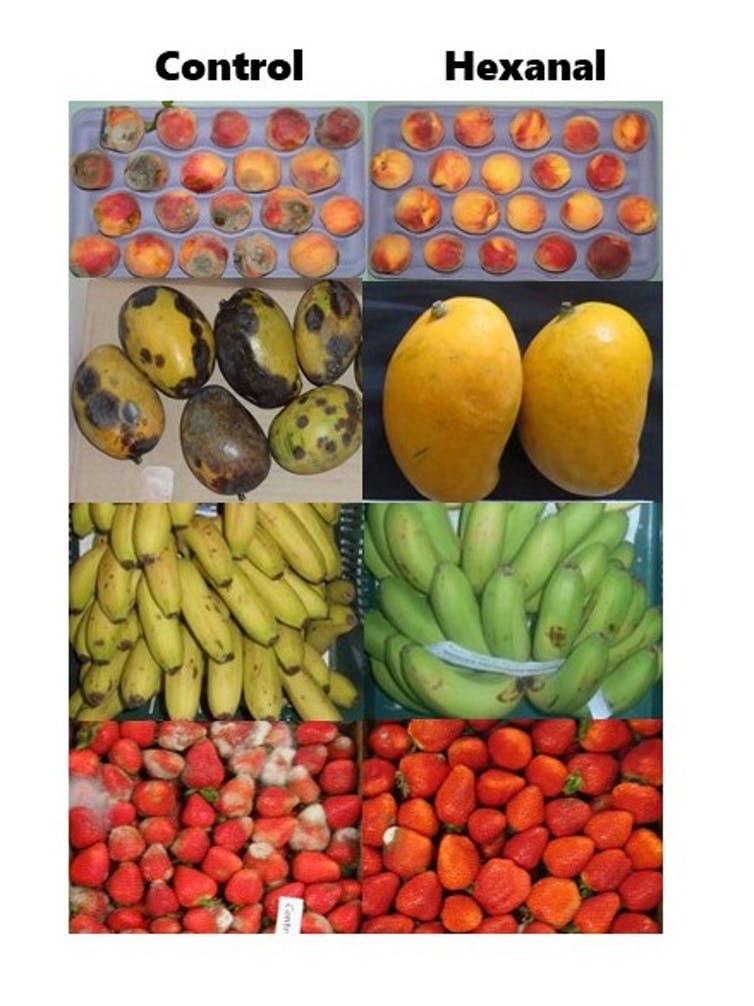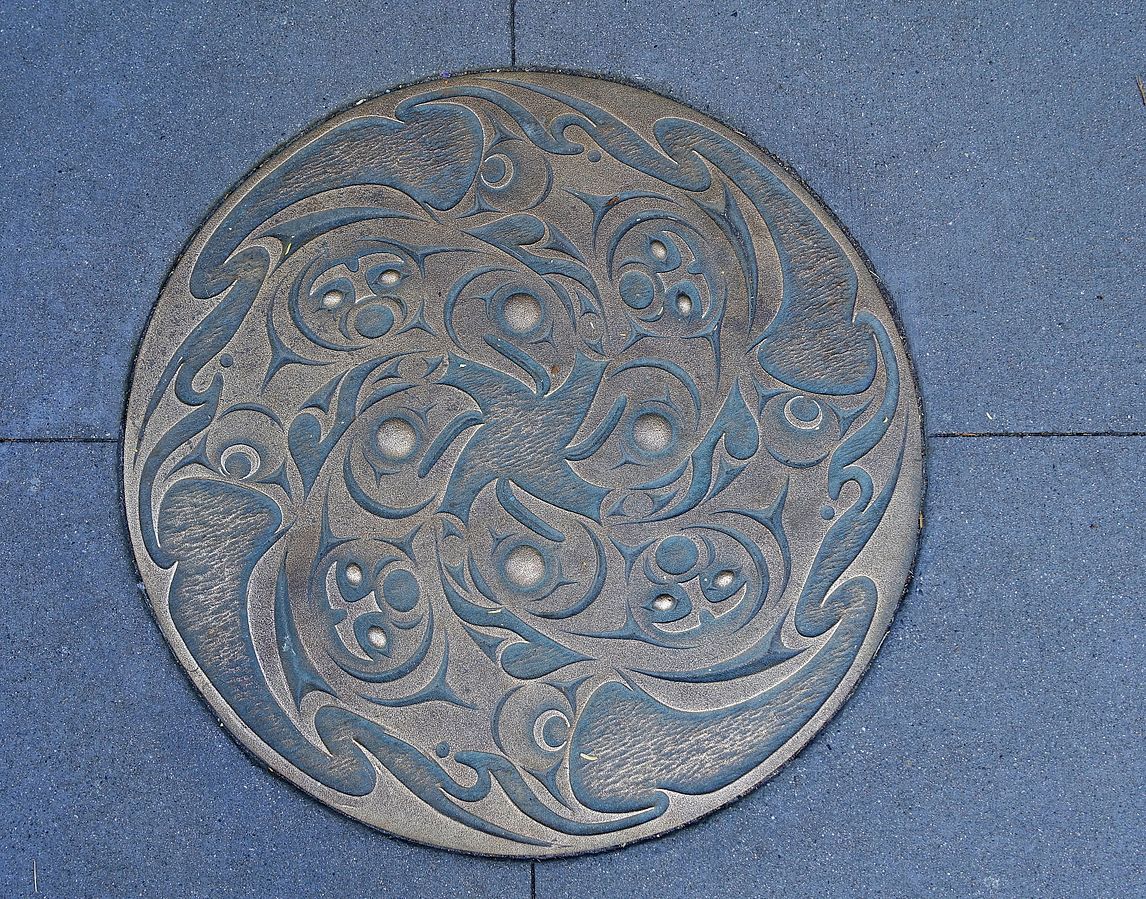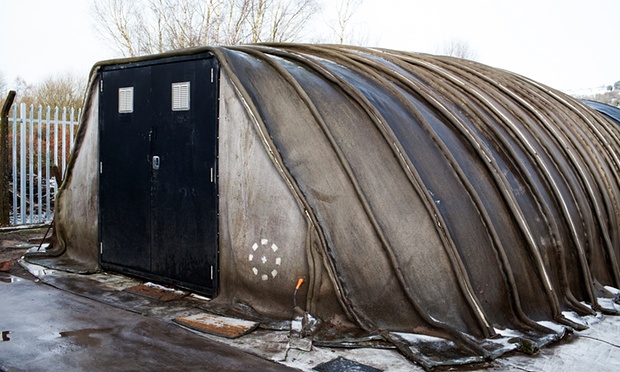Also known as an anti-aging agent for your fruit and vegetables, hexanal is an environmentally friendly chemical, which is found naturally. Research has led to a synthesized nanotechnology-enabled product now being commercialized. I’ve been following the story off and on since 2012 (see my ‘India, Sri Lanka, and Canada team up for nanotechnology-enabled food packaging‘ posting). I last wrote about the project in a December 29, 2015 posting.
For some reason, hexanal hit the news hard in 2019 having been preceded by some interest in 2018. What follows is an update and a timeline of sorts.
January 2019: More funding
A January 24,2019 essay (also published on the University of Guelph website on January 29, 2019) by Jayasankar Subramanian and Elizabeth Finnis, both are lead researchers on the the project and professors at the University of Guelph (Canada), provides an overview and an update of the hexanal project (Note: Links have been removed) ,
…
Fruits like mangoes, bananas, papayas and limes are shipped long distances before they get to your table. Many fruits are delicate, and there may be a long period of time that elapses between when the fruit is picked and its arrival in grocery stores and other markets. They’re often picked before they’re truly ripe in order to increase their shelf life.
Even so, globally, up to 40 per cent of all picked fruit can be lost and this represents billions of dollars. But what if we had the technology to delay fruit’s natural degradation process? This is where hexanal can make a difference.
…
Fruits like mangoes, bananas, papayas and limes are shipped long distances before they get to your table. Many fruits are delicate, and there may be a long period of time that elapses between when the fruit is picked and its arrival in grocery stores and other markets. They’re often picked before they’re truly ripe in order to increase their shelf life.
Even so, globally, up to 40 per cent of all picked fruit can be lost and this represents billions of dollars. But what if we had the technology to delay fruit’s natural degradation process? This is where hexanal can make a difference.
Hexanal is naturally produced by plants to ward off pests; our research at the University of Guelph has found that when it’s applied externally, hexanal can also slow down the aging process.
Like everything else, fruit ages with time. The shrivelling and rot is triggered by the enzyme phospholipase D (PLD), which causes the eventual collapse of the fruit’s membrane. Essentially, fruit membranes are snug, and function like a brick wall of phospholipid bilayers. Phospholipase D breaks the alignment of the bricks, causing the membrane to crumble. Hexanal acts by reducing and slowing the formation of PLD, which in turn slows the collapse of the fruit’s membrane.
In partnership with agricultural and social science researchers in Canada and five other countries, we have tested nine hexanal technologies. These include a spray formulation that gets applied to fruit when they’re still on trees, post-harvest dips, fruit wraps, stickers and sachets embedded with hexanal.
Our findings have implications for consumers, retailers and, more importantly, farmers. For example, when applied as a pre-harvest spray, hexanal can keep fruit on trees longer and keep it fresher after harvest — up to three weeks longer for mangoes.
…
Hexanal is naturally produced by all plants and is already found as an additive in some food products. Hexanal is also approved by Health Canada as a flavour formula. Our tests of synthesized hexanal sprays, dips and other technologies showed that there were no negative effects on plants, insects or other animals. In addition, hexanal evaporates within 24 hours, which means there’s no residue left on fruit.
…
Farmers who participated in hexanal testing in Canada and elsewhere were happy with the product both in terms of its effectiveness and bio-safety.
Currently, hexanal for agricultural use is in the two-year regulatory clearance process in Canada and the U.S. Once the process is complete, hexanal formulations are expected to be available for farmer use and can be accessed through companies with a license for production.
…

That’s a stunning difference, eh?
Funding
At about the same time as the Conversation essay by Subramanian and Finnis, the University of Guelph published (on the Council of Ontario Universities website) a January 27, 2019 news release announcing new funds for the project,
A University of Guelph research project that has already improved the livelihoods of small-scale Asian farmers will further expand worldwide, thanks to more than $4.2 million in federal support announced Friday afternoon.
The project involves innovative packaging developed in part by Guelph researchers using nanotechnology to improve the shelf life of mangoes, a major fruit crop in much of the world.
Already, the technology has helped to significantly reduce post-harvest losses in Sri Lanka and India. Poor storage meant that farmers routinely lost up to 40 per cent of their crops, worth upwards of $800 million a year. The new technology has also boosted per-acre revenue.
New funding support from the International Development Research Centre (IDRC) and Foreign Affairs, Trade and Development Canada will allow researchers to broaden this successful initiative to Kenya, Tanzania, and Trinidad and Tobago.
Researchers will also look at other fruit — bananas, grapes, papaya, nectarines and berries — and investigate ways to commercialize the technologies.
…
… it will also be a main pillar of the Guelph-East Africa Initiative, which U of G established to bring together stakeholders to support research and teaching in food, health, water, education, environment and community.
“This confirms our commitment to improve agriculture in East Africa and around the world.” [said John Livernois, interim vice-president {research} ]
The project involves the use of hexanal, a natural plant product that delays fruit ripening and aging. Guelph plant agriculture professor Gopi Paliyath holds an American patent on the discovery of hexanal as a post-harvest agent. It’s also an FDA-approved food additive.
…
The project also involves Guelph plant agriculture professors Paliyath and Al Sullivan; Loong-tak Lim from Food Science; and Elizabeth Finnis, Sociology and Anthropology. Foreign research partners are based at Tamil Nadu Agricultural University, India; Industrial Technical Institute, Sri Lanka; University of Nairobi, Kenya; Sokoine University of Agriculture, Tanzania; and the University of [the] West Indies, Trinidad and Tobago.
Prior to more funding: a memorandum of understanding
I’m having to guess as the document about the memorandum of understanding (MOU) to commercialize hexanal is not dated but it seems to have been produced in March 2018. (Canada’s International Development Research Centre ([IDRC] has a webpage about the memorandum but no memorandum that I could find.) I stumbled across this account of the event where the MOU was signed,
…
Ms. Jennifer Daubeny, Consulate General of Canada, delivered the special address narrating the significance of Canadian fundingin developing nanotechnologies to reduce post-harvest losses that enables food security in Asian Countries. Dr. K. Ramasamy, Vice Chancellor, Tamil Nadu Agricultural University [TNAU], Coimbatore presided over the function and highlighted the role of TNAU in knitting nanotechnology research framework and serving as a torch bearer in the country. He emphasized that the GAC-IDRC Project helped more than 60 students and researchers, developed two technologies, filed patents for two inventions, extensive infrastructure development besides helping more than 12,000 fruit growers in the State of Tamil Nadu. Dr. Jayasankar Subramanian, Professor, University of Guelph, Canada, explained the evolution of the project till reached the stage of technology delivery to benefit farmers. Dr. K.S. Subramanian, NABARD Chair Professor, TNAU, Coimbatore, lead Principal Investigator of the Project for India presented nanotechnologies developed to assist in the entire value chain from the farm to fork. Mr. Arun Nagarajan, President, Tamil Nadu Fruit Growers’ Association, explained that the fruit growers are eager to use the technology to improve their farm income. Mr. Terence Park, Managing Director, Smart Harvest Agri, Canada, [emphasis mine] bestowed interest to take forward the technologies to the farm gate and signed MOU with TNAU for the Commercialization of the Hexanal Formulation. Dr. G.J. Janavi,Professor & Head, Department of Nano Science & Technology, TNAU, Coimbatore welcomed the gathering and Dr. C. Sekar, Dean, Imayam Agricultural College,Turaiyur, and Co-PI of the Project proposed a formal vote of thanks.
The Canadian Consul General Ms. Jennifer Daubeny visited all the exhibits and interacted with students, scholars and researchers besides the NGO partner Myrada. She was very impressed with the technologies developed by TNAU in collaboration with University of Guelph, Canada, and looking forward to support research programs in the near future. More than 200 Scientists and Diplomats from Canada, students, scholars, university officials participated in the event.
Products launch by ITI, Colombo
Two of the project’s technology outputs -hexanal incorporated ITI Bio-wax and the Tree Fresh Formulation spray [emphasis mine] were transferred to Hayleys Agriculture Pvt. Ltd., a reputed Agro Service provider in Sri Lanka. The products were launched on 22ndMarch 2018 at the Taj Samudra Hotel, Colombo. The chief guest at the event was the Hon. Susil Premajayantha, Minister of Science Technology and Research (Min. ST&R). The guest of honour was H.E. David McKinnon, High Commissioner for Canada in Sri Lanka. Others present included the Secretary to the Min. ST&R, The Chairman and Director General, ITI, Mr Rizvi Zaheed, Hayleys Agriculture and his team, the Chairman, National Science Foundation, Sri Lanka, representative of the Chairman Sri Lanka Export Development Board, representatives from the Dialog mobile service provider, the Registrar of Pesticides, representing the Dir. Gen., of Agriculture, President of the Lanka Fruit and Vegetable Producers, Processors and Exporters Association, leading large scale mango, papaya and pineapple growers, several export and fruit processing company representatives, senior officials from the ITI, the multi-disciplinary ITI research team and our partner from CEPA. The press was also well represented and a total of 100 persons were present on this occasion. The Managing Director Hayles, the two PIs’ of the project, the High Commissioner for Canada, The Minister and for ST&R and the Secretary to the Ministry addressed the gathering and the new video clip on the project was viewed. The new products were jointly uncovered for display by the Hon. Minister and H.E., the High Commissioner. Samples of the products were distributed to the President of the Lanka Fruit and Vegetable Producers Processors and Exporters Association and to two leading mango growers. The Project team also took this opportunity to run a presentation on the various stages of the project and related activities, display posters on their research findings and to print and distribute the pamphlets on the same as well as on hexanal, the latter as prepared by our partners from the University of Guelph. The launch ended with a time of fellowship providing a useful opportunity for networking.
A YouTube video about the product launch of hexanal-based Bio-wax and the Tree Fresh Formulation spray (I don’t know if those were the permanent names or if they are specific to Sri Lanka and other countries will adopt other names) helped to establish the date for the MOU. You can find the video here.
Judging from the media stories, the team in India has provided most of the leadership for commercializing hexanal.
Commercialization 2019 and beyond
To sum up, after a memorandum of understanding is signed and some prototype products have been unveiled in India in 2018 then, in early 2019, there’s more funding announced by IDRC to expand the number of countries involved and to continue research into efforts to save other types of produce.
Moving things along is an August 15, 2019 news item on Agropages.com,
Two nano formulations would be commercialized by the Directorate of Agri business development of Tamil Nadu Agricultural University (TNAU) soon.
Fruity fresh is a liquid nano formulation containing hexanal that keeps fruits and vegetables fresh for more days. The pre-harvest spray of Fruity Fresh extends the shelf life of mango for two weeks on trees and another two weeks under storage conditions by employing post-harvest dip methodology, Dr. A. Lakshmanan, Professor and Head, Department of Nano Science and Technology told a meet on “Linking Nano Stakeholders” held at the University.
Hexanal has also been successfully encapsulated in polymer matrix either as an electro spun fibre matrix (Nano sticker) or nano-pellets that extends shelf life of fruits by 1-2 weeks during storage and transportation, he said.
This sticker and pellets technology is highly user friendly and can be placed inside the cartons containing fruits during transport for enhancing the freshness.
…
According to a November 5, 2019 article by Pearly Neo for foodnavigator-asia.com, there is pricing for four products. Nano Sticker and Nano Pellet each will cost $US 0.028 and the spray, Fruity Fresh, will cost $US 4.23 to $US 5.65 for a one liter bottle diluted in 50 liters of water (for use on approximately five trees) and the Fruity Fresh dipping solution at $US 0.0071per kg.
As far as I’m aware none of these products are available in Canada but there is a website for Smart Harvest Agri, Canada although the name used is a little different. First, there’s the Federal Corporation Information listing for Smart Harvest Agritech Limited. You’ll notice there are two directors,
Amanjit Singh Bains
7685 150B Street
Surrey BC V3S 5P1
CanadaTerence Park
Yongsan CJ Nine Park
Seoul
Korea, Republic of
The company’s Smart Harvest website doesn’t list any products but it does discuss something they call “FRESHXtend technology” for fruits and vegetables.
Final comment
I sometimes hear complaints about government funding and what seems to be a lack of follow through with exciting research work being done in Canada. I hope that in the months to come that this story of an international collaboration, which started with three countries and has now expanded to at least six countries and has led to increased food security with an environmentally friendly material and commercialization of research, gets some attention.
From the few sources I’ve been able to find, it seems India and Sri Lanka are leading the commercialization charge while Canada has contributed to an Asian-led project which has now expanded to include Kenya, Tanzania, and Trinidad and Tobago. Bravo t them all!


